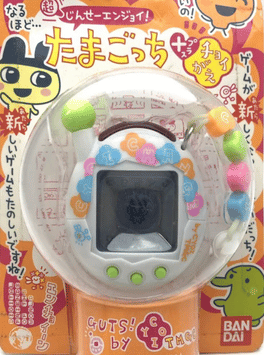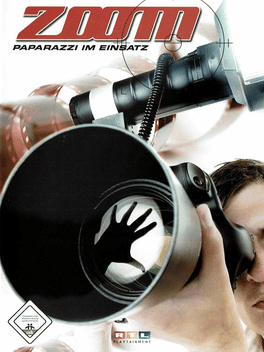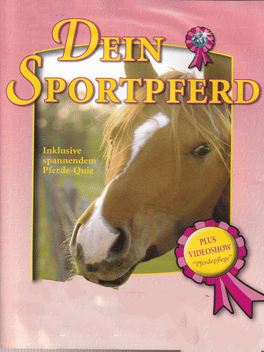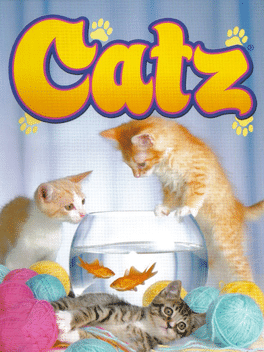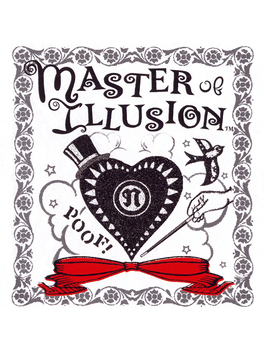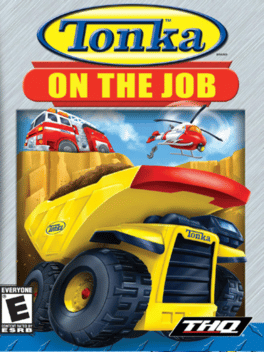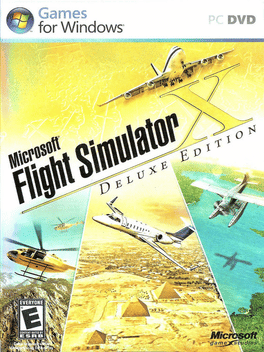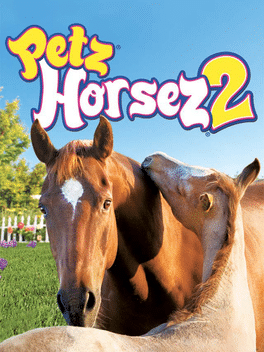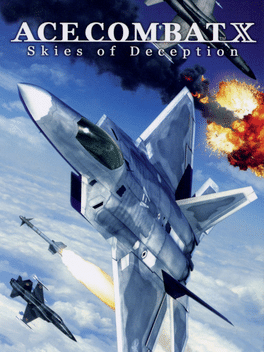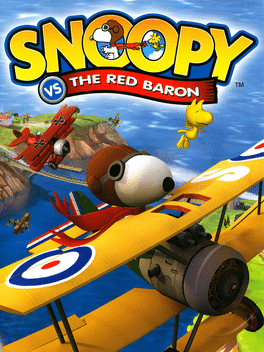New Simulator Games - Page 314
-
Sexy Beach 3 Plus
2006
Sexy Beach 3 Plus
2006
Sexy Beach 3 Plus adds two new characters and one secret character, and several new gameplay features. If the player has any current progress in Sexy Beach 3, it can be loaded onto the expansion. -
Chou Jinsei Enjoi! Tamagotchi Plus Cyoi Change
2006
The Chou Jinsei Enjoi Tamagotchi Plus Cyoi Change is a version of the Entama following complaints that the games were too difficult for new players. It is visually distinguished from the original by having "plus"-shaped beads instead of round beads. -
Wing Island
2006
Wing Island
2006
star 4.8Take to the skies with Wing Island, the first flight action game for the Wii. As Junior, a wide-eyed teenager with incredible piloting skills, soar around Shell Island taking on jobs to keep your family aviation business running. From dusting crops to more daring missions like aerial fire fighting, players will use the Wii Remote to perform aerial acrobatics and learn to fly in formation, controlling a group of 5 planes at once. -
Pet Pals: Animal Doctor
2006
Give your favorite animals the tender loving care they need to nurse them back to health. You are the animal doctor at a busy veterinarian clinic and will need nurse all the animals back to health! The unique Wii Remote simulates real veterinary tools as you use them to treat 30 different cases, ranging from minor cases like sunburn, lacerations and infections to more serious problems like diabetes, tumors and snakebites. -
Zoom: Paparazzi in Action
2006
Zoom: Paparazzi in Action is a first-person photography game where players act as paparazzi capturing VIPs in compromising moments across 15 levels. Photos earn money, but bodyguards and rival photographers pose obstacles. Players can temporarily blind pursuers with the camera flash and must reach a set income to complete each mission. Levels are scripted, allowing players to memorize events, with optional humorous interactions throughout. -
Dein Sportpferd
2006
-
Hamsterz Life
2006
Hamsterz Life
2006
Hamsterz Life is a hamster simulation video game released by Ubisoft for the Nintendo DS. Hamsterz Life is also known as Love ♥ Hamster or Love Love Hamster in Japan. -
Pilot Academy
2006
-
Catz
2006
Catz
2006
star 5Catz is a pet simulation game, where you can adopt and care for your very own kitten. There are 13 different cat breeds to choose from. And players can develop a close bond with their new kitten by feeding, grooming or playing with it. Or they can even spoil their cute kitty with toys and treats brought at the store in game. -
Master of Illusion
2006
Master of Illusion
2006
star 6.4Master of Illusion teaches the player how to perform selected "magic" tricks. Included with the box is a set of illusion cards which are used for many of the tricks included with the game. In all, there are over 20 illusions that you're able to learn through this software. -
Tonka: On the Job
2006
Tonka: On the Job
2006
Tonka: On The Job is an Action game, developed by Webfoot Technologies and published by THQ, which was released in 2006. -
Microsoft Flight Simulator X: Deluxe Edition
2006
Flight Simulator X will awe flight simulator fans and real pilots alike. All-new eye-popping graphics, actual missions to accomplish and a wider range of airports to visit recreate the experience of being a pilot, right down to the smallest detail. Complete point-to-point objectives and skill-based tests, or just fly around the world if you'd prefer that to ferrying passengers or cargo. Whatever you choose to do as a pilot, it's available here in Flight Simulator X Deluxe. -
Mezase! Shoujo Mangaka! Chao Manga School
2006
Mezase! Shoujo Manga Ka! Chao Manga School is a DS game, developed and published by TDK Core, which was released in Japan in 2006. -
Mobile Suit Gundam: Bonds of the Battlefield
2006
Play involves stepping into a P.O.D. (Panoramic Optical Display) and doing battle with other players across Japan. -
Toro's Story App: Heart Pounding Nya
2006
Toro's Story App: Heart Pounding Nya was a mobile game made by Bexide and Sony Computer Entertainment Inc. that was released on November 6th 2006. -
Miami Nights: Singles in the City
2006
star 7Live the delightful or spiteful life you have always wanted in this groundbreaking social simulation game. Create a new you in the colorful backdrop of Miami, where your ultimate goal is to become a rich and famous model, singer or actor. Miami Nights: Singles in the City offers tremendous advances and new features over and beyond any social simulation game available on Nintendo DS. You will benefit from an unprecedented freedom of action, massive customization options, and longer multiple-goal scenarios. As in reality, life choices will transform your character into a unique, progressive individual, ultimately helping you reach your goal of becoming a star. -
Camping Tycoon
2006
-
Petz: Horsez 2
2006
Petz: Horsez 2
2006
star 5Petz: Horsez 2 is the second game in the Petz Horsez series. Choose from five different horse breeds. As you raise your foal you learn to groom, play and feed him. Your horse develops and so will you allowing you both to complete at the highest level. -
Ace Combat X: Skies of Deception
2006
star 6The first PSP entry of the series and a new game in the franchise, Ace Combat X: Skies of Deception promises everything you'd expect of Namco's flight simulation series, including detailed jet models, an original storyline told through CG, options for fine tuning your machines, and plenty of real world jets. In Campaign Mode, you play as a pilot in the Gryphus Squadron of the Federal Republic of Aurelia. Defending the invaded country, your mission will take you to the battle-filled skies in order to take down the enemy and restore freedom and peace to their homeland. Campaign mode makes use of the Strategic AI System, where the contents of a mission change based on the strategies that you select. The game also has a multiplayer mode for up to four players. In addition to a last-man standing dog fight mode, you'll be able to split into teams for cooperative combat. -
Snoopy vs. The Red Baron
2006
star 7.2Snoopy vs. the Red Baron is a flight combat game released on the PlayStation 2, PlayStation Portable, and PC in 2006. As the name implies, the protagonist is Snoopy, the dog in Charles M. Schulz's comic strip, Peanuts. The game is based on one of the most famous Snoopy alter egos: a World War I flying ace battling against Manfred von Richthofen, the Red Baron, the Flying Circus: Jagdgeschwader 1, the Austro-Hungarian Empire, and other enemies of the war.

